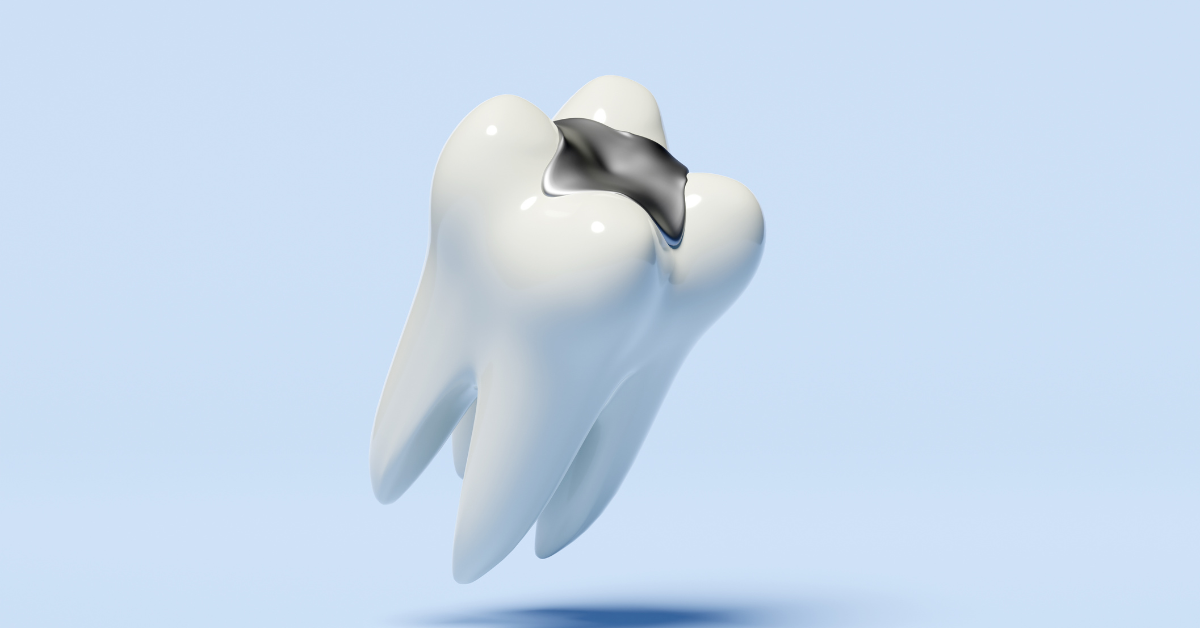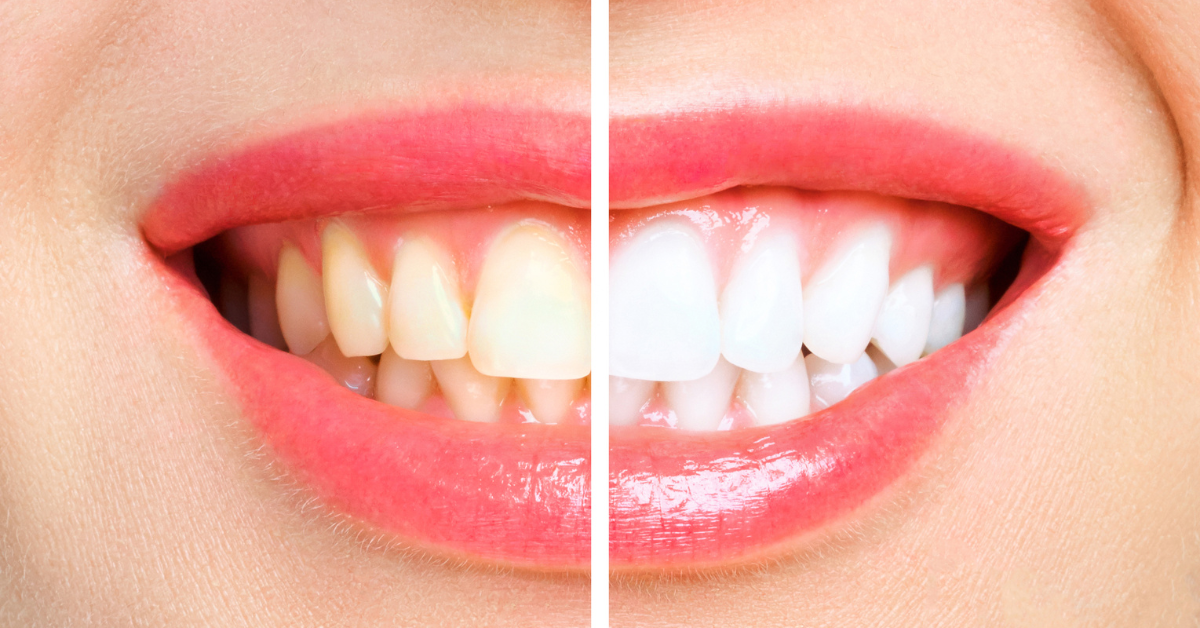Dental fillings are a common and effective treatment for repairing tooth decay, also known as dental caries. They are used to fill in the holes or cavities that form in teeth when the enamel, the hard outer layer of the tooth, is eroded by plaque bacteria.
Types of Dental Fillings
There are several different types of dental fillings available, each with its own advantages and disadvantages. The most common types include:
-
Amalgam fillings: These are the traditional silver-colored fillings that have been used for decades. They are strong, durable, and relatively inexpensive. However, they are not as aesthetically pleasing as other types of fillings.
-
Composite resin fillings: These are tooth-colored fillings that are made of a plastic resin material. They are a popular choice for fillings in visible areas of the mouth because they can be matched to the color of the surrounding teeth. However, they are not as strong as amalgam fillings and may wear down over time.
-
Gold fillings: These are the most durable and long-lasting type of filling. However, they are also the most expensive.
-
Ceramic fillings: These are another tooth-colored option that is more resistant to wear and tear than composite resin fillings. However, they are also more expensive.
The Procedure for Getting a Dental Filling
The procedure for getting a dental filling is typically straightforward and can be completed in one visit to the dentist. Here is a general overview of the steps involved:
-
Numbing: The dentist will numb the area around the tooth with a local anesthetic to prevent pain during the procedure.
-
Cleaning and preparation: The dentist will remove the decayed tooth material using a drill or other hand instruments. They will then clean and prepare the cavity to receive the filling material.
-
Placing the filling: The dentist will place the filling material into the cavity and shape it to fit the tooth. They may use a light to harden the filling material.
-
Polishing: The dentist will polish the filling to make it smooth and comfortable.
Aftercare for Dental Fillings
After getting a dental filling, you may experience some sensitivity to hot or cold temperatures. This is usually temporary and should subside within a few days. You may also need to avoid hard or sticky foods for a few days while the filling settles.
Benefits of Dental Fillings
Dental fillings offer several benefits, including:
-
Prevent further decay: Fillings seal off the cavity and prevent further decay from occurring.
-
Restore tooth function: Fillings restore the shape and function of the tooth, allowing you to eat and chew comfortably.
-
Improve appearance: Tooth-colored fillings can improve the appearance of your smile.
Conclusion
Dental fillings are an essential part of maintaining good oral health. They can prevent tooth decay, restore tooth function, and improve your smile. If you have a cavity, talk to your dentist about the best type of filling for you. Please find the dental office near you in these locations: Attleboro, Chelmsford, Hyde Park, Jamaica Plain, Lynn, Manchester, Methuen, Roslindale, Taunton.




